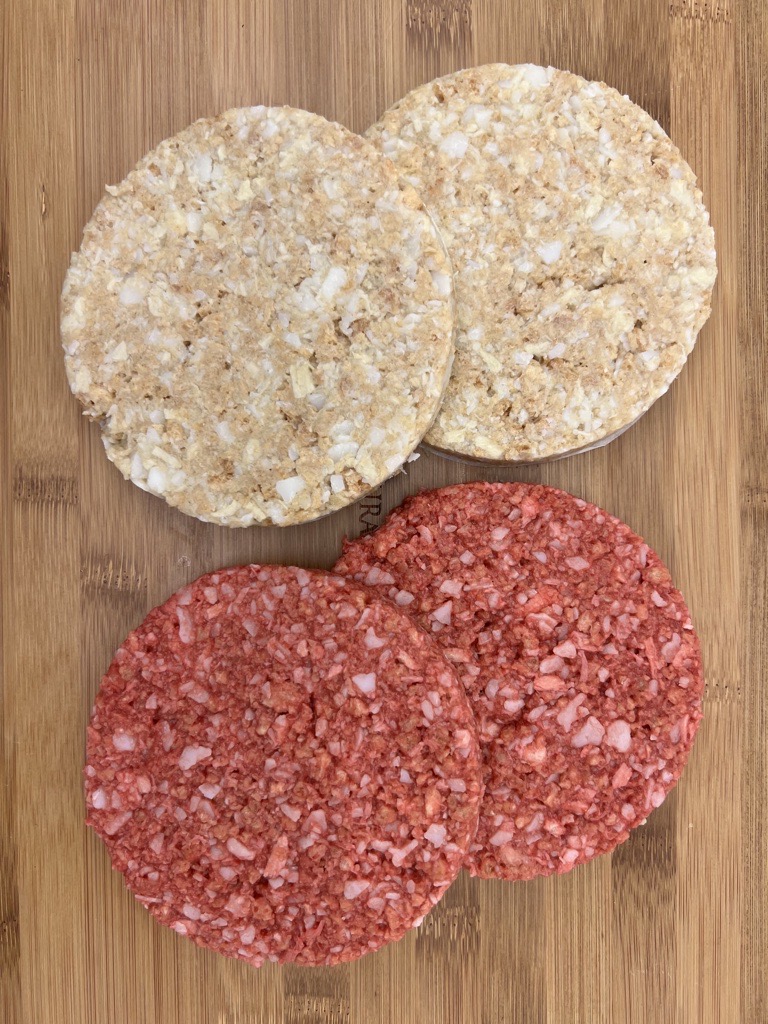Plant-based | Jun 27. 2023 - 10:35AM
How to give Flexitarians the Plant-based meat experience they crave!
Our expert
Rikke Sakstrup Frandsen
Industry Business Manager: Plant Based
It’s no secret that the plant-based meat market continues to grow, but what is interesting is who is actually pushing the demand. While it’d be easy to assume that vegans and vegetarians are the biggest consumer groups, they actually only account for 4% and 6% of consumers globally. Flexitarians on the other hand, which is a term referring to those who actively restrict animal-based products but haven’t fully eliminated them from their diet, are actually the mainstream drivers of this segment, representing a whopping 42% of the market! One thing Food and Beverage manufacturers need to know about this group is that they are not willing to compromise on visual appeal, texture or flavor, quite the opposite. As a consumer group who are used to eating meat they have exceptionally high expectations of a plant-based meat product. Not only do they want a product that looks like meat, but they also want one that mimics the properties of meat, such as changing color from red to brown when cooked.
A ‘raw’ looking patty is part and parcel of this, which is why it’s a good idea to naturally color plant-based meat. As you can see in the image below, an uncolored pea protein-based burger patty doesn’t exactly look like what we expect when we think of raw meat. This begs the question though; does it really matter? Well according to Judith van Vliet from The Color Authority, color influences 50-85% of our purchase decisions, which means it makes sense to give consumers a product that looks appealing and matches their expectations. In the same image below you can see that by using a vegetable based color combination of Sweet Potato, Red Beet and Paprika it’s easy to create a raw burger patty that looks like the real deal.

Left: Uncolored pea protein-based burger patty Right: Pea protein-based burger patty with vegetable-based color (sweet potato, red beet, paprika)
But what about its color when it cooks? Well, this is where Oterra’s new range of ready-to-use red and pink powder blends for plant-based meat and seafood can help food manufacturers set themselves apart from the crowd. Designed by Oterra’s world-class technical team, the new Red and Pink ColorFruit® and FruitMax® blends expand upon traditional colors for plant-based products, by utilizing a special pigment combination that means the color not only looks great in the first instance but also mimics animal-based meat by changing color during the cooking process.
Free from palm oil, and made from plant and vegetable based raw materials, these new blends really are the natural ‘plant for plant’ coloring choice.
For more information on how Oterra’s red and pink solutions can help you improve the visual appearance of typical meat and seafood alternatives, e.g., Burgers, meatballs, deli slices, ground beef, chicken, lamb, and pork, as well as salmon and tuna, please get in contact!
